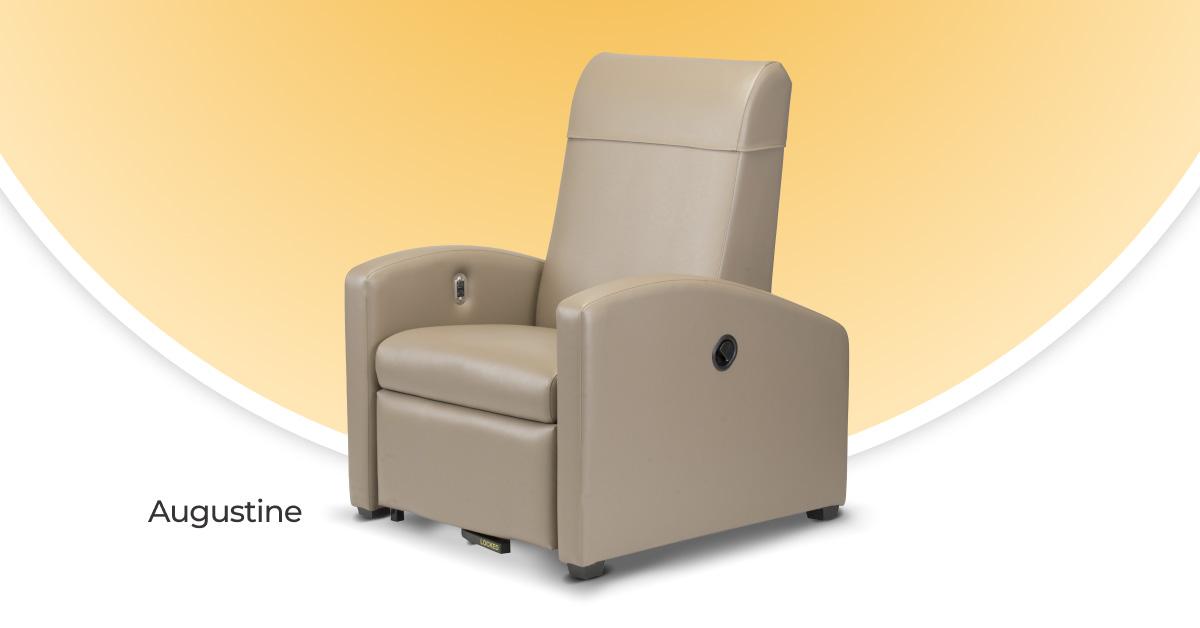
Health systems are reworking nurse workflows to address staff shortages, burnout, and retention challenges. While nursing employment has stabilized, hospitals are streamlining tasks and reducing administrative burdens to enable nurses to practice at the top of their licenses.
Nurses are among the most impacted by workflow optimizations. From adapting to new systems and enhancing well-being to redefining team structures, digital tools and solutions are instrumental in shaping a more efficient and fulfilling nursing workforce.
Keep reading to discover the trends that hospitals around the country are implementing to show support for nursing staff.
Nurses’ Job Satisfaction—What can be done?
According to a recent survey by nurse.org, the majority of nurses (69% of respondents) love being nurses. However, their overall job satisfaction isn’t everything they wish it could be.
Fast Stats:
Sign up to get the latest industry news and offers right in your inbox
- 33% said staffing was adequate in 2023, compared to just 14% in 2022, but 33% is still a low number.
- 57% reported feeling burned out last year.
- 29% of nurses reported having a second form of income, with most reporting they work per diem to make ends meet.
Read More: “This Is the State of Nursing 2024”
What can administrators do to optimize workflows? Here are four trends gaining traction across the country:
- Redesign Care Teams: Many hospitals are integrating virtual nursing to improve efficiency. For instance, Trinity Health launched a virtual care model across multiple states, while BJC HealthCare’s virtual program has significantly improved admission documentation and reduced voluntary turnover.
- Enhance Student Nurse Training: Hospitals like Mercy Fort Smith are providing hands-on training in specialized units with close supervision, improving learning experiences and patient care.
- Change Perceptions of Medical-Surgical Nursing: To retain staff in this high-demand specialty, hospitals are offering additional support through patient care assistants, virtual nurses, and automation, reducing non-nursing tasks and improving job appeal.
- Support Nurse Leaders: Many nurse leaders are experiencing burnout due to lack of resources. Health systems are addressing this by optimizing workloads and offering flexible schedules, such as four-day workweeks, to improve retention and well-being.
Nurse leaders who are considering leaving their roles cite not having the resources to do their job and work having a negative effect on their health and well-being as the primary reasons. These issues parallel what bedside nurses consistently point to as drivers of burnout or reasons they have stepped away from the job.
Read More: “Understanding and Prioritizing Nurses’ Mental Health and Well-Being”
Interventions and Alternatives to Help Prevent Burnout
While these four initiatives aim to create a more sustainable nursing workforce while improving patient care and operational efficiency, preventing burnout requires addressing its root causes.
Research from the McKinsey Health Institute highlights that the work environment significantly influences employees’ mental health and well-being. Adjusting workflows and operational models in response to evolving care approaches can improve job satisfaction and long-term sustainability.
Recent studies indicate that nearly a quarter of nurses feel their teams operate inefficiently, while over 43% report limited control over their workloads, leading to high stress and demanding workdays. Identifying ways to delegate tasks and integrate technology can help ease these pressures. However, simply providing resources without tackling the systemic issues affecting mental health may place undue responsibility on employees. A balanced approach that combines individual support with broader structural improvements is essential.
Beyond workload management, offering flexible scheduling—such as adjustable shift lengths, varied start times, and remote work options—can help nurses recover from workplace demands while reducing conflicts with personal responsibilities.
Another key strategy is minimizing administrative tasks. Many nurses report spending excessive time on electronic health records, often during breaks or after shifts, with 45% citing this as a source of frustration. Employers can help by delegating documentation to scribes, streamlining reporting requirements, or utilizing AI to automate record-keeping, ultimately reducing administrative burdens and improving job satisfaction.

Three Things Nurses Want From Their Employers
Nurses often experience high levels of stress, burnout, and physical and emotional demands. Employers who actively support their nursing staff can improve retention, job satisfaction, and patient outcomes.
Here are three ways many nurses want their employers to show support:
- Better Staffing & Workload Management: Nurses want their employers to ensure safe nurse-to-patient ratios and realistic workloads. Understaffing leads to burnout, medical errors, and job dissatisfaction. Employers can support nurses by hiring additional staff, using float pools, and leveraging technology to optimize scheduling.
- Mental Health & Well-Being Resources: Nurses deal with emotional and physical strain daily. Providing access to mental health services, wellness programs, and designated relaxation spaces can help. Encouraging breaks, offering employee assistance programs (EAPs), and reducing stigma around seeking mental health support are crucial.
- Career Growth & Fair Compensation: Nurses value employers who invest in their professional development. Tuition reimbursement, leadership training, mentorship programs, and clear career pathways demonstrate commitment to their growth. Competitive salaries, retention bonuses, and flexible benefits also show appreciation and encourage long-term commitment.
Partnering With Champion Is a Winning Strategy
Champion Healthcare Solutions is here to provide solutions for your staff with products that optimize workflows. Save time, money, effort, and space with our premium modular designs that are made with patients and providers in mind.

The Augustine is designed with a person-centric approach, to be comfortable and help put the patient at ease. This economical treatment recliner has the clinical features needed for high-use medical environments while engineered to mimic home furnishings with concealed casters and a spacious seat that provides luxurious comfort.
Standard Features Include:
- Manual recline
- Fixed arms
- 3” dual casters with faux feet
- Central front brake system
- 500 lbs. weight capacity
To view Champion’s complete portfolio of products, browse our digital catalog. Then, request a quote for your facility.
